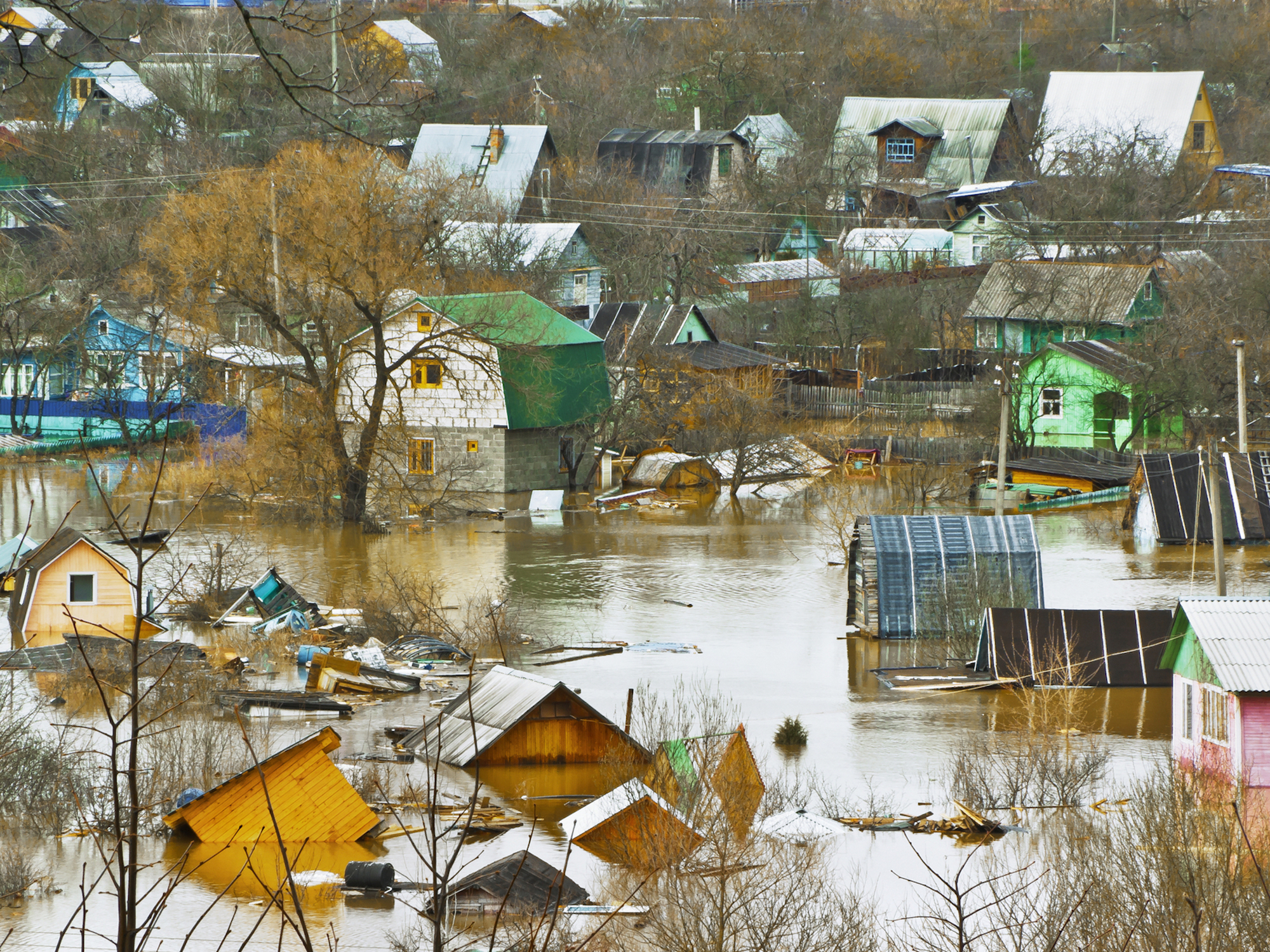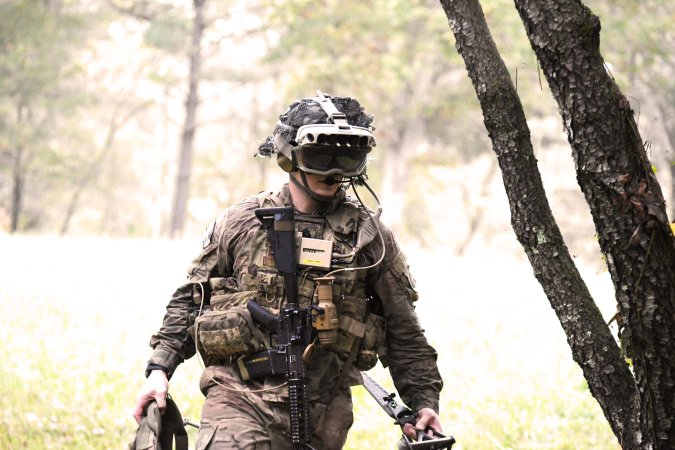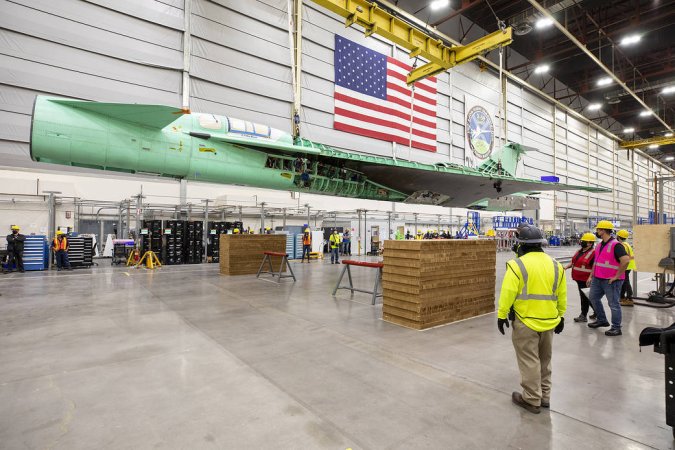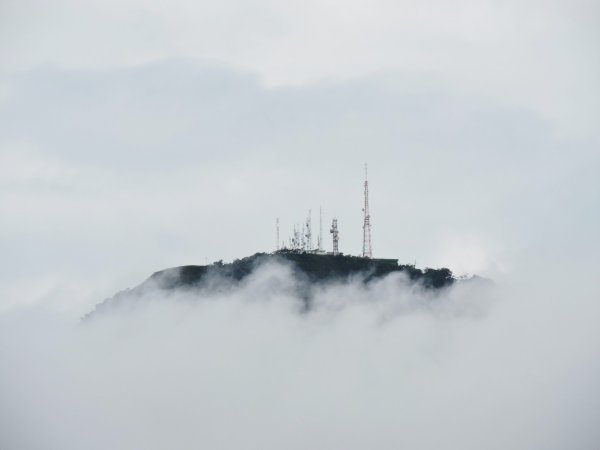

Google first began testing its AI-assisted Flood Hub back in 2018, a digital tool aimed at providing users around the world with accurate, crucial real-time tracking and predictions for flooding events. Although it initially debuted in India’s Patna region, an area known for devastating flooding, within the next two years coverage expanded to encompass the entire country and parts of Bangladesh, eventually issuing over 115 million alerts regarding impending emergencies such as the latter country’s June 2022 floods.
Yesterday, Google announced a massive expansion of not only its predictive flood alerts, but wildfire warnings, as well. In an official blog post, Yossi Matias, Google’s VP of Engineering and Research and Crisis Response Lead, explains that Flood Hub‘s reach extends to 20 countries’ flood basins, now including 15 nations in Africa alongside three more in Asia and Latin America. Every Android user in the covered areas can receive the alerts, alongside anyone else who installs the Google search app on their smartphones. Businesses and groups can also utilize the program, but must have internet access alongside enabling Google location services. A revamped interactive map also allows anyone to search in-network regions to see color-coded flood risk assessments, regardless of the own locations.
[Related: Flooding and food security are linked.]
As The Verge explains, Google is relying on an AI technique known as “transfer learning” to improve accuracy and lead-time for areas with less available data, in which models utilize various drainage basins’ data that can then be scaled to whatever area is needed. The updated technology is capable of providing warnings to up to a week ahead of time, as opposed to Google’s previous 48 hour window.
The disaster tracking also extends to wildfires, as well. Since its debut in 2020, the service utilized data from NASA and NOAA, but like Flood Hub, machine learning advancements are helping improve monitoring and prediction. The update encompasses US, Canada, Mexico, and areas of Australia, with more to come in the near future. “Since July, we’ve covered more than 30 big wildfire events in the US and Canada, helping inform people and firefighting teams with over 7 million views in Search and Maps,” Matias writes in Google’s blog post.
[Related: How climate change worsened Pakistan’s deadly flood.]
With many of climate change’s dramatic effects already a certainty for the planet’s future, creatively utilizing programs like AI and machine learning will be key to stem some of its worst fallout. The United Nations released a somber analysis of global natural disaster preparedness last month, revealing that half the planet’s nations do not possess the adequate warning systems most crucial for lifesaving population evacuations and protections. “The world is failing to invest in protecting the lives and livelihoods of those on the front line,” UN Secretary-General António Guterres said in a video statement at the time, adding that, “Those who have done the least to cause the climate crisis are paying the highest price.”















